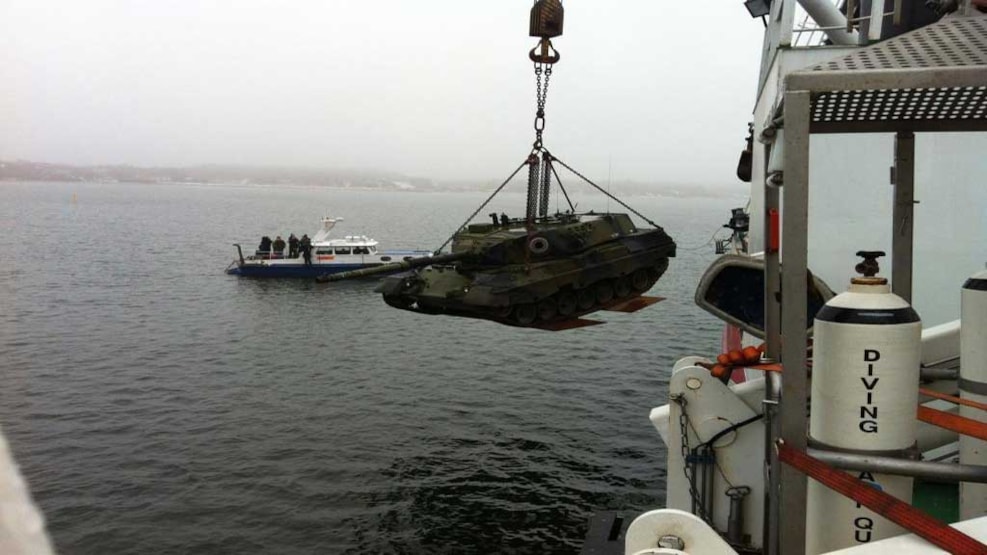
Salling Diving Park
Glyngøre houses Northern Europe's first large diving park, Salling Aqua Park, which offers training for divers of all levels and promotes the environment.
Salling Aqua Park is a non-profit organization run by volunteer members. Everyone works without pay, and the association has no other income than members’ contributions and voluntary donations from divers who use the park. The park was established with support from, among others, the Lokale og Anlægsfonden, LAK funds, and Skive Municipality.
Learn more here: https://www.sallingaquapark.dk/
The idea for Salling Aqua Park originated in 2009, and after intensive work to raise funds, obtain permits, and carry out all the practical tasks, we were able to inaugurate the park on May 15, 2013, with royal participation by HRH Crown Prince Frederik. The total construction budget was approximately 3 million DKK.
The Glyngøre area was chosen due to its deep waters, with a depth of 24 meters close to shore, the harbor facilities, and its central location in the Limfjord. The area offers both recreational qualities and educational opportunities, attracting divers from all over the country as well as from several European nations.
Salling Aqua Park consists of two large stone reefs that mark the park's boundary from the shore. The park also includes a Swedish minesweeper, "Stine," a Leopard 1 tank, "Leo," a pilot boat, "Junior wreck," and a large concrete cave shaped like a snail shell. The stone reefs and submerged objects help improve the fjord’s ecosystem, and shortly after the park’s establishment, we noticed the arrival of new species in the area. Immediately after the sinking of "Leo," cod were spotted, which sports divers and recreational fishermen had not seen in this part of the Limfjord for many years. Today, we have a stable population of cod and saithe in the park. Other new species include brown crabs, large numbers of lobsters, goldsinny wrasse, and corkwing wrasse.
The two large stone reefs have naturally created habitats for numerous sessile species such as sea anemones and sea squirts.